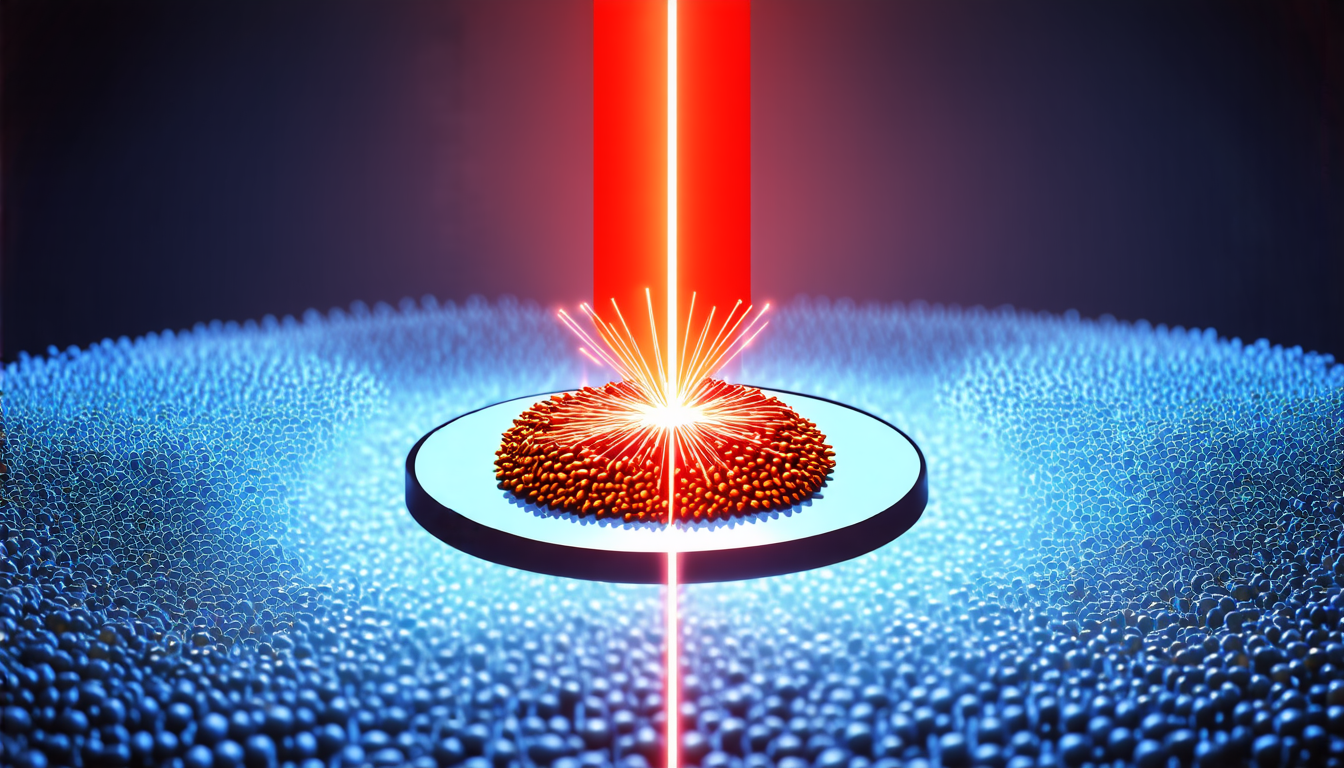Wednesday 19 March 2025
Scientists have made a significant breakthrough in understanding how data is stored on hard drives. By combining two different approaches, researchers have developed a new method for simulating the complex processes involved in heat-assisted magnetic recording (HAMR).
The HAMR technology uses a laser to heat up tiny grains of magnetite, allowing them to switch their magnetic orientation and store data more efficiently. However, simulating this process is a challenge due to the complex interactions between the magnetic grains and the surrounding material.
To tackle this problem, researchers used a combination of atomistic modeling, which looks at individual atoms, and micromagnetic modeling, which focuses on larger-scale patterns of magnetization. By combining these two approaches, they were able to create a more accurate simulation of the HAMR process.
The new method allows scientists to study the behavior of individual magnetic grains in great detail, while also taking into account the interactions between neighboring grains and the surrounding material. This level of precision is crucial for understanding how data is stored on hard drives and how it can be improved.
One of the key benefits of this new approach is its ability to simulate complex systems at a much higher level of detail than previous methods. By studying the behavior of individual atoms, scientists can gain a deeper understanding of the underlying physics that governs the HAMR process.
The researchers also used advanced computational techniques to speed up the simulations and make them more efficient. This allowed them to study larger systems and simulate longer periods of time, which is essential for understanding the complex dynamics involved in data storage.
The new method has already shown promising results, with scientists able to accurately predict the behavior of magnetic grains under different conditions. This could lead to significant improvements in hard drive technology, allowing for faster, more efficient data storage and retrieval.
In addition to its potential applications in hard drive technology, this research also has implications for other fields such as medicine and materials science. By developing a deeper understanding of the underlying physics that governs complex systems, scientists can gain new insights into how these systems behave and how they can be improved.
Overall, this breakthrough represents an important step forward in our understanding of HAMR technology and its potential applications. By combining atomistic and micromagnetic modeling, researchers have been able to develop a more accurate simulation of the HAMR process, which could lead to significant improvements in data storage technology.
Cite this article: “Advances in Simulating Heat-Assisted Magnetic Recording Technology”, The Science Archive, 2025.
Here Are The Keywords: Hard Drives, Heat-Assisted Magnetic Recording, Hamr, Atomistic Modeling, Micromagnetic Modeling, Data Storage, Magnetic Grains, Laser Heating, Simulation, Materials Science







